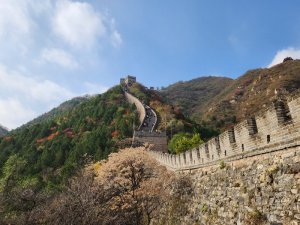
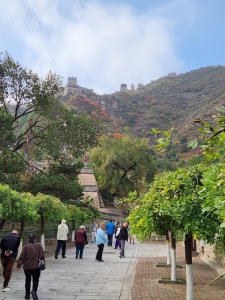
Would any trip to China really be complete without seeing the famous Great Wall? Would there be anything more symbolic to China than the Great Wall?
Sure, China is famous for many things. Pandas, jade, silk, tea, terracotta warriors and the beautiful Yangtze River to name a few. And while many of these things are associated specifically to China, the Great Wall of China no doubt rises above all in the minds of most people.
Anyone who had standard global history and geography subjects taught as part of the school syllabus would have been made aware of this awe-inspiring feat of human endeavor not matched anywhere else in the world.
I was keen to visit not just the wall but to see the natural beauty that surrounds most of the wall, given how much of the large country of China it crosses.
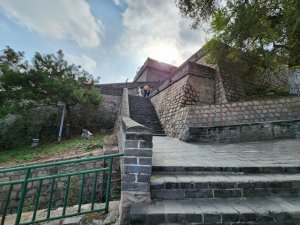
Some Statistics
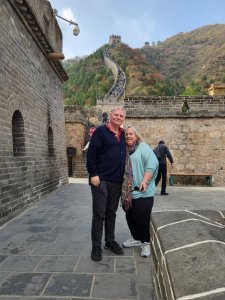
We are talking about the only man-made structure on Earth that can actually be seen from the International Space Station. Not that the focus of this article is around this impressive construction by man but there are some facts that are hard to not be amazed by.
A series of fortifications built as protection from northern invasion (think Genghis/Kublai Khan and the Mongol Empire), the Great Wall of China as we know it took over 2,000 years to construct (roughly 300BC to 1700AD). A UNESCO World Heritage listed structure, it stretches for over 20,000kms (12,500 miles) and took more than a million soldiers, commoners, prisoners, and animals to build high on the ridges further than the eye can see. Hundreds of thousands of men died while working on the wall, many of which were buried within the wall itself.
More than 10 million people a year visit various sections of the Great Wall of China. The wall stretches across 23 degrees of longitude and can be visited in 15 provinces, principalities or regions. The height of the wall goes up to 39 feet and is as wide as 23 feet thick. The wall has an estimated 25,000 watch towers where soldiers lived, spaced close together in some places but up to 3 miles apart elsewhere.
The statistics are staggering. The views of the beautiful countryside the wall travels through are stunning. The history is amazing. The sheer effort to create something this impressive is hard to compare with anything else. The closest I felt to seeing anything quite as magnificent would have been the amazing Egyptian Pyramids on the Giza Plateau within the Sahara.
Visiting the Great Wall of China
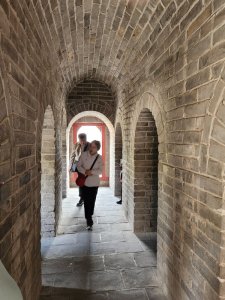
Beijing is without doubt the most popular city most international visitors choose as a base to visit the Great Wall. There are many sections of the Great Wall that are within an easy day trip’s drive from Beijing and given the enormous popularity of this attraction, it is best to choose your section according to your fitness level as well as the crowds you are likely to find.
The best times to visit this manmade wonder from a weather perspective are said to be May or October (spring and autumn). Pick the piece of the wall that best suits your necessities and interests. Dynamic, sure explorers ought to dare to Jinshanling, while families might need to stay with the more available Mutianyu segment (there’s an extraordinary, five-minute sled ride from the highest point of the eastern finish to the base).
Visitors staying with public transportation will initially have to get to Dongzhimen Station, where you can take the express ride to Huairou Station. Here, you’ll have to move to a bus headed for Mutianyu.
There are also in excess of 10 sets of rapid trains that travel between Beijing and Badaling Extraordinary Wall Rail line Station, running from Beijing North Rail line Station.
Many travel specialists suggest skirting the train and settling on a recruited vehicle and an aide. They’ll have the option to take you to less crowded segments of the wall.
Our Experience
Of all the sections available, we were most keen on the idea of avoiding crowds, yet still experiencing a well-maintained and accessible part of the wall. In this regard, we were lucky to have been taken to the original Juyong Pass section of the Great Wall. The Juyong Pass is a mountain pass situated in the Changping Region some 50 kilometers (31 mi) north of Beijing.
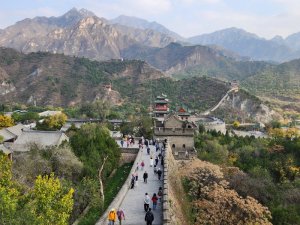
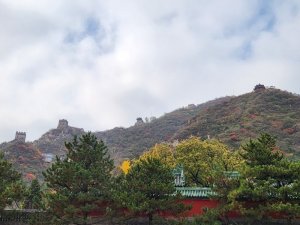
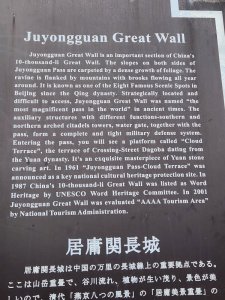
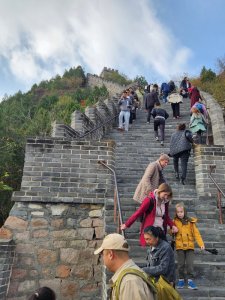
The Great Wall of China is built high atop of ridges making it nearly impossible for any invading force to attack. As a result, visitors really do need to have a level of physical fitness to hike along the wall for any real distance. This particular section had a very steep rise and there were signs everywhere warning people to be aware of their own fitness levels to avoid collapsing, heart episodes etc.
However, the fact that you are always above a ridge means you have an outstanding view of the surrounding countryside and you can see the wall for miles and miles as it snakes its way up and down the hills and mountains to the north. The watch towers of course had magnificent views all around and it was interesting to wander around looking at the rooms and where the soldiers slept, cooked and spent their days.
Even the area which is the entrance where you climb up to the wall itself is steep with stairs that many stopped to rest, rather than trying to rapidly ascend without stopping. This is a place to enjoy if you are not on a timeline and can take your time. We were blessed with a lovely day when we visited and took our time exploring a wonderous area of the world not everyone gets to.
Opposite to the stairs entering the Great Wall is a village first built at the time of the wall which contains a number of temples, homes etc in addition to a museum and other areas of interest to tourists. Heading down the hill from the village is a square containing a number of restaurants and souvenir shops, next to the main car park of the area.
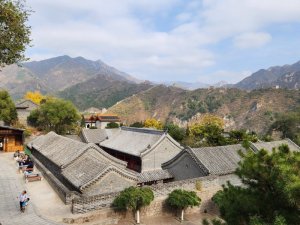

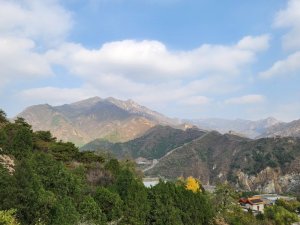
Highlights in and around Beijing
If, like most, you visit the Great Wall of China from Beijing, there are some local attractions you may also want to consider seeing while you are there.
Below are some of the more popular choices for visitors.
The Forbidden City
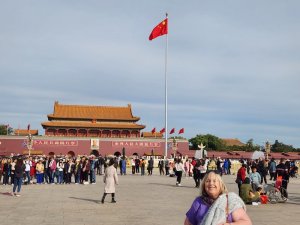
Officially known as the Imperial Palace Museum, the Forbidden City was originally constructed by the third Emperor of the Ming Dynasty in the early 15th century (1406). It remained as the home for 24 Emperors of China until 1911, when the Last Emperor was deposed.
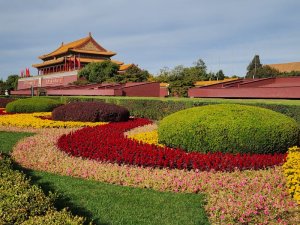
The term ‘Forbidden City’ was used as access to the area was barred to most of the subjects of the realm. Government functionaries and even the imperial family were permitted only limited access; the emperor alone could enter any section at will.
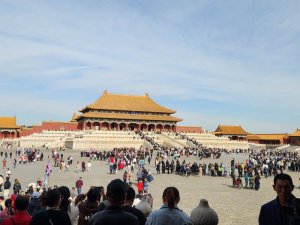
Today, the Forbidden City is home to the Palace Museum. It houses over one million rare Chinese artworks and artifacts. Most of these come from the Ming and Qing dynasties.
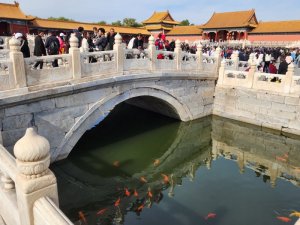
The Forbidden City is documented as the largest imperial palace in the world. Covering an impressive 720,000 square meters (7,750,000 square feet), the Forbidden City is over three times larger than the Louvre Palace in France.
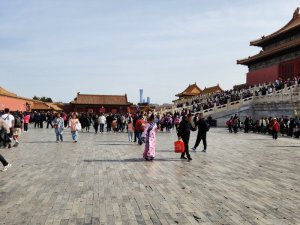
With its grounds taking up 178 acres in the middle of Beijing, it is indeed a city within a city. The city was built to house 9,999 rooms because only the celestial Lord of Heaven, not his imperial son on Earth, could enjoy 10,000. Nonetheless, the number 9,999 is auspicious in Chinese culture, associated with the emperor, and pronounced the same as the Chinese word “eternal.”
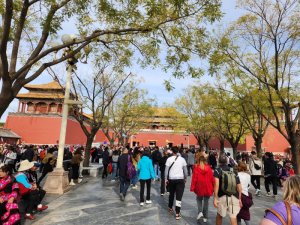
Surrounding the city is a sizable moat and the front entrance faces the famous Tiananmen Square which has lovely flower beds and arrangements around as well as Chinese sentries and the famous picture of Chairman Mao Zedong. The Forbidden City was also declared a World Heritage Site in 1987.
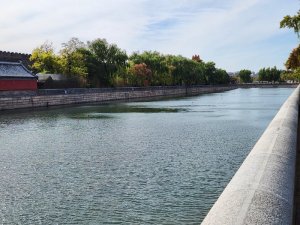
Interestingly enough, according to Wikipedia, in 2018, the Forbidden City’s market value was estimated at US$70 billion, making it both the world’s most valuable palace and the most valuable piece of real estate anywhere in the world. It is also one of the largest and most well-preserved wooden structures in the world and well worth a visit while in Beijing.
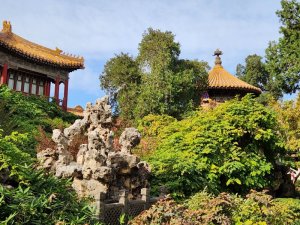
You could literally spend many hours in the Forbidden City exploring all its treasures, learning so much of its history and imagining what it was like back in time. I was told there was limit of people allowed into visit the Forbidden City at any one time was 40,000. It was certainly busy on the day we went but we could still easily see a great deal and take photos while we were there.
Tiananmen Square
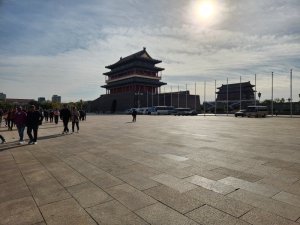
Tiananmen Square is perhaps the best-known symbol of modern China. With a surface area of 440,000 square meters, 880 meters long and 500 meters wide, this is the largest square in China and the sixth largest in the world. It is said to be able to hold 1 million people within the square.
The Square is especially well known as the location of four important historical events. These include the 1919 May Fourth Movement, proclaiming on 1 October 1949 of the People’s Republic of China by Chairman Mao Zedong, the 1976 protests and the Tiananmen Square protests and massacre of 1989. In particular the image of the ‘Tank Man’ who was filmed obstructing a column of tanks during that time is something that many clearly remember.
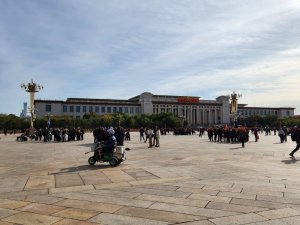
Tiananmen Square is also famous as being the location of the Mausoleum of Chairman Mao whose body lies in state within a glass coffin and is visited by thousands of people every day.
The Square is also surrounded on all sides by buildings relating to government and/or cultural significance, not the least of which is the main entrance to the Forbidden City. There is also a daily flag-raising ceremony performed at sunrise by a troop of the People’s Liberation Army. As you might imagine, the reverse occurs at sunset with soldiers goosestepping 108 paces per minute through the Gate of Heavenly Peace.
Major events and military parades are staged here with the Forbidden City as the backdrop, making this square instantly recognizable to many who see such parades on TV. Walking around the square was an interesting way to absorb some of the feel and culture of people who seem to feel a great sense of national pride. Everyone we saw was happy to be there, some traveled from far away places across China and all we encountered were very friendly.
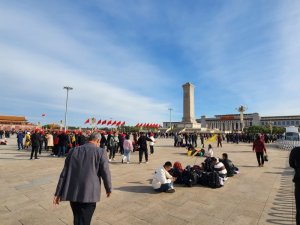
Hutongs
Hutongs are typical lanes formed by houses with courtyards built on each side where locals still live. Hutong is a unique form of community that exists only in China. It is one of the most distinctive features and must-see attractions in Beijing.
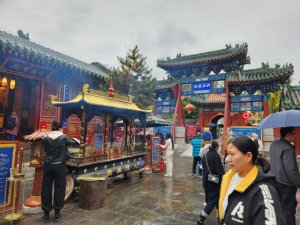
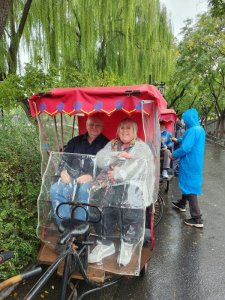
As one of the cultural symbols of old Beijing City, hutongs have a history of more than 700 years. They first appeared in the Yuan Dynasty (1271 – 1368) and developed in the Ming (1368 -1644) and Qing (1644 – 1911) Dynasties.
Sandwiched between the Drum Tower and the Lama Temple is where you will find Beijing’s historic hutong alleyways. This neighborhood also consists of three lakes (Qianhai, meaning Front Sea; Houhai, meaning Black Sea; and Xihai, meaning West Sea) surrounding areas of historic interest and scenic beauty.
We booked an optional tour specifically to see an old hutong neighborhood which included a walking tour, an old-fashioned pedicab (rickshaw ride drawn by bicycle) and homemade lunch at a local hutong home.
It was a culturally enriching experience and our host in the hutong home that cooked lunch was a lovely woman who served up traditional Chinese food, all of which was delicious and much more than we could possibly eat. It was a lovely home with courtyard that was decorated with beautifully carved wooden furniture.
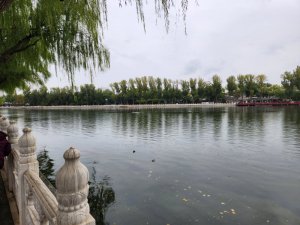
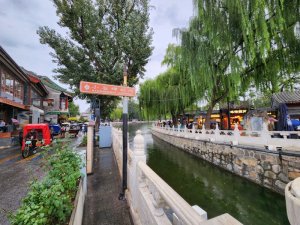
Chinese Performing Arts
Chinese theatre is known for its colour, culture and impressive entertainment. This is definitely what we got when we booked to attend the large-scale dramatic musical ‘The Golden Mask Dynasty’.
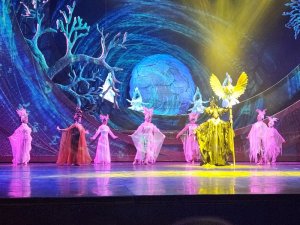
The performance here was nothing sort of amazing. The music, lighting, acrobatics, gymnastics, puppetry, costumes, make-up, singing, and dancing was literally outstanding and would rival the quality of any stage production anywhere in the world.

The entire audience was blown away by how remarkable this performance was with continual surprises occurring throughout the show. Towards the finale there was an amazing scene which involved flash flooding of the stage. Most of us seated toward the front initially thought this was another visual effect but when we felt residual water spray and looked closer, we could see the stage completely being submerged by thousands of litres/gallons of actual, fast-moving water!
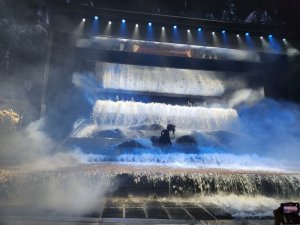
Beijing Olympic Park
Another great site to visit while in Beijing is the enormous Beijing Olympic Park.
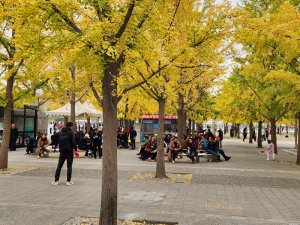
Home of the 2008 Olympic and Paralympic Games, this is a vast public space separated by the actual Olympic Venues as well as parks with family amenities and plenty of vendors offering all kinds of food, drink and souvenirs for sale.
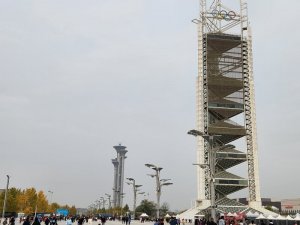
The entire area here covers 11.59 square kilometers and is composed of the Olympic Forest Park in the north, the Olympic venue cluster in the center and the Asian Games venue cluster in the south.
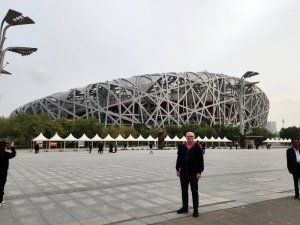
Visiting this park is a wonderful way to spend a leisurely few hours admiring the beautiful gardens, different architecturally designed sporting venues, and the peaceful strolling areas that insulate you within a very busy city.
Other optional activities
Outside of the above there are many more activities, shopping (especially for Jade), dining etc that many tourists love doing in Beijing.

In our case James and I indulged in having new optical glasses made which were of high quality and the best competitive pricing, not to mention he bought me some lovely jade pieces.

We even got checkups by traditional Chinese medicine doctors and were surprised that their findings were so aligned to our current Western-diagnosed conditions. So, we purchased some natural Chinese medicine to try which have ingredients that are all based in nature.
Conclusion
I am not normally a fan of cities anywhere. Beijing however is situated relatively close to a number of gateways to the Great Wall of China, and with it, access to China’s beautiful countryside. On top of this, Beijing is quite a pretty city with a lot of effort put into green spaces.
Beijing and China more broadly, are also putting a lot of effort into incentivizing citizens to move to electric vehicles which is important given the population levels.
The local people are welcoming and the city is clean and not hard to get around. From the moment we arrived at the spotless and modern Beijing airport to the time we left to explore other parts of China, we found this part of the world to offer a fabulous break.
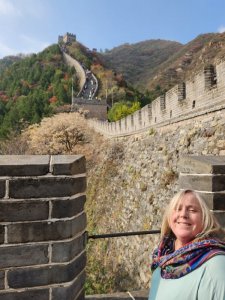
Have your say
What is your impression of the Great Wall of China, Beijing and surrounding areas? Have you visited? Is this somewhere you would love to travel to? Please share your thoughts in the comments below.
Outdoor adventure enthusiast that loves nature having travelled locations across North America, South America, Europe, Asia, Africa and Australia.
Passionate Travel Writer, Blogger and Influencer.














Leave a Reply